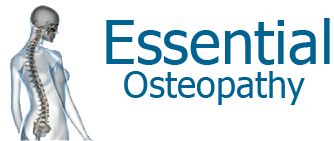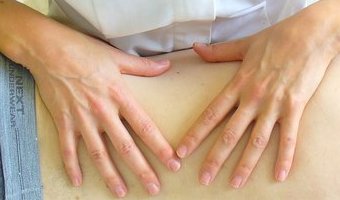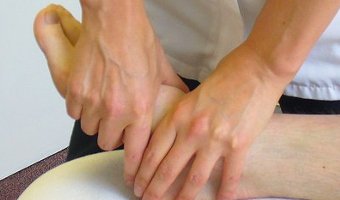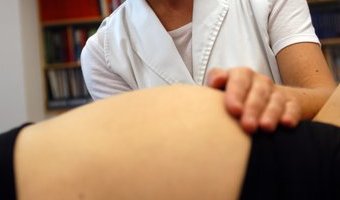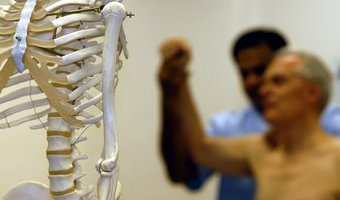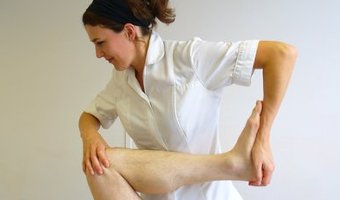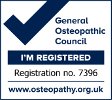Hip pain
The hip joint is strong and stable while allowing a great range of movement. It needs to have stability to maintain its weight bearing capacity linking the legs to the torso and yet it obviously needs to be mobile to allow us to walk, run and be active. Despite all the movement the hip is put through on a daily basis, it rarely causes problems until later in life. Whether the person is younger or older, hip pain can be hugely debilitating as any restriction on movement can greatly impact quality of life.
The most common causes of hip pain are:
- Arthritis – We are coming across osteoarthritis (wear and tear of the joint) on an increasingly regular basis, particularly with the current obesity epidemic. Osteoarthritis of the hip can be caused by a number of factors with excessive weight being a big factor in the onset of early arthritic changes in the hips and knees. Osteopathy can help minimise the pain and immobility and can also be a useful tool in rehabilitating patients after hip surgery
- Trochanteric bursitis is a relatively common problem where the bursa (pad similar to a tyre filled with gel like material) protecting tendons, muscles and ligaments from bone becomes inflammed. This can be caused by overuse or unaccustomed activity.
- Referred pain can occur in the hip from the low back due to compression or damage of the nerve supplying the hip from the back. This usually presents as a diffuse pain or tingling sensation in the hip and buttock area.
- Snapping hip syndrome – this is when the patient reports hearing a ‘clicking’ sound over the hip joint. It is usually due to imbalance of the muscles, tendons or ligaments of the hip (particularly the tendon of the muscle psoas) whereby they ‘flick’ over the joint line. This can be linked to muscle strain.
- Hip fractures are most common in patients with osteoporosis – predominantly in the elderly
In addition to the specific conditions above, the patient may be experiencing pain in the hip as a result of biomechanical dysfunction in other areas of the body – for example, problems of the knee, ankle or low back can cause compensatory changes and disrupt the normal function of the hip.
If you are unsure of what is causing your hip pain, get in touch and arrange an appointment. Any Osteopath would refer on for more tests or Xrays if they feel it would be more appropriate in addition to treating you and getting you back on your feet with less discomfort..
Read this blog article for more information about the causes of hip pain.
